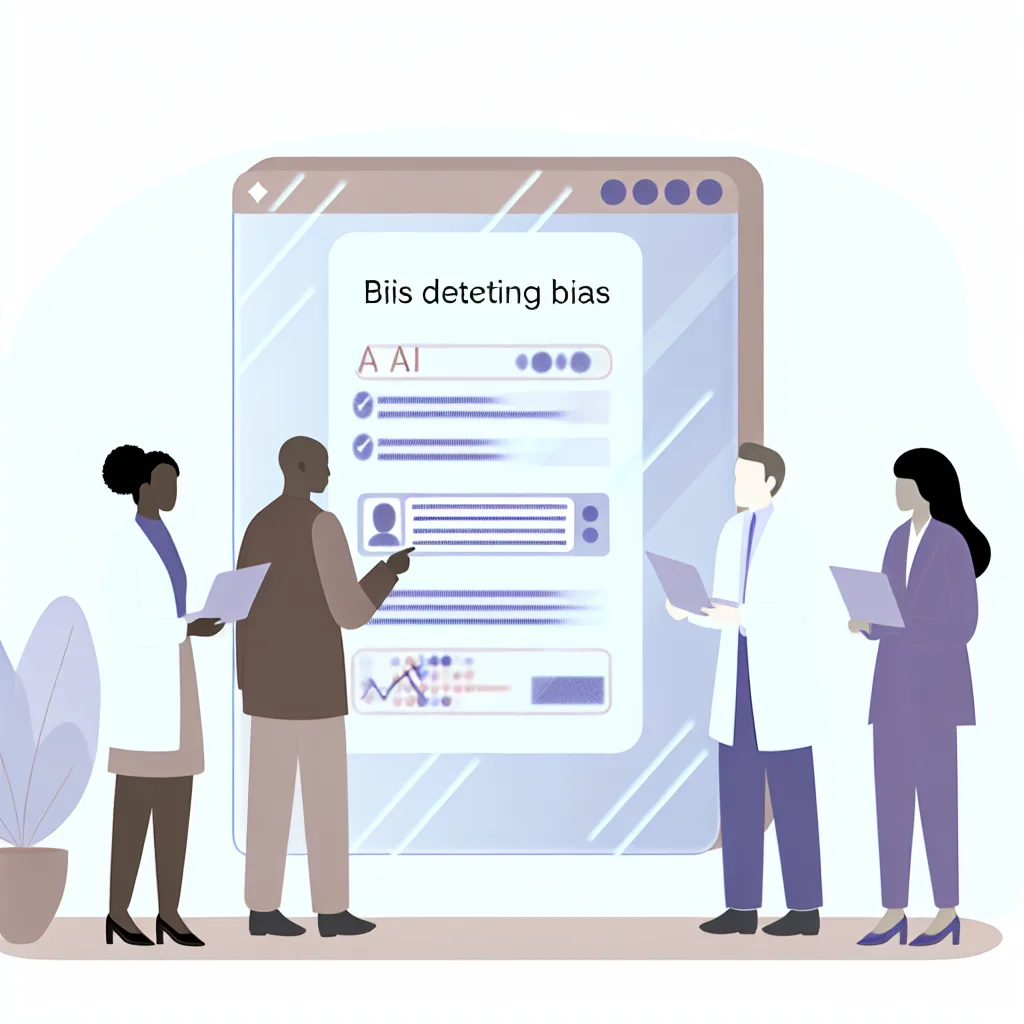How real-time tools and diverse teams can help shape fairer AI systems
If you’ve ever wondered how AI systems can be fair and unbiased in real life, you’re not alone. AI ethics frameworks are meant to guide how we design and use artificial intelligence responsibly, but the truth is, these frameworks often struggle to address the messy realities of bias in everyday applications. Let’s chat about how AI ethics frameworks can evolve to better handle real-world bias and what that might look like.
Right from the start, it’s clear that AI ethics frameworks are essential. They provide the guidelines and principles for building AI systems that are safe, transparent, and fair. But the problem? Many existing frameworks focus mostly on high-level ideals rather than on practical challenges that pop up once AI faces real-world data and scenarios.
Take healthcare AI, for example. Studies, like one from the AI Now Institute in 2023, show that biased datasets can cause these systems to make unfair decisions, potentially affecting patient outcomes. Or consider hiring algorithms, where skewed data might unintentionally favor certain groups over others. It’s these types of practical issues that current ethics frameworks sometimes miss.
So, how do we improve these AI ethics frameworks to better tackle real-world bias? From what I’ve been exploring, there seem to be two promising routes:
1. Integrating Real-Time Bias Auditing Tools
Real-time bias auditing tools can be embedded within AI models to continuously monitor and flag biased outputs as they happen. This proactive approach helps catch problems early, allowing developers to tweak or halt decisions before they can cause harm. It’s a bit like having a live spell-check for fairness in AI.
This isn’t just theory. Some advances in explainable AI and fairness toolkits are already aiming in this direction. If you want to peek into the world of bias auditing, check out resources like IBM’s AI Fairness 360 toolkit or Google’s What-If Tool for interactive analysis.
2. Diversifying the Design Teams
Another key piece is who’s building these AI systems. Diverse teams bring varied perspectives that can catch blind spots in data or design that homogeneous groups might miss. This means having not just statisticians or engineers but experts from different backgrounds, cultures, and experiences collaborating.
The combination of tech tools and human insight is powerful. But here’s the twist—ethics frameworks also need to address enforceability. How do we make sure companies actually follow these principles without putting the brakes on innovation?
A thoughtful approach shared by Crawford et al. in the Journal of AI Ethics suggests a hybrid model. This mixes technical audits with regulatory oversight, creating a system where companies are both encouraged and held accountable to ethical standards. It’s a balance that tries to keep innovation thriving while protecting people from harm.
What’s the road ahead?
While the idea of AI ethics frameworks evolving might sound complex, the goal is pretty straightforward: make AI fairer and safer for everyone. By combining on-the-ground bias detection tools, diverse minds in the building process, and practical enforcement methods, we’re moving toward AI that respects human values more closely.
If you want to dive deeper into these discussions, I recommend checking out the AI Now Institute’s latest reports and the Journal of AI Ethics for scholarly insights. Also, the Partnership on AI is a helpful coalition working to improve AI ethics practice globally.
In the end, evolving AI ethics frameworks isn’t about perfect rules; it’s about ongoing learning and adjustment as AI becomes part of our daily lives. And that’s a conversation worth having together.
